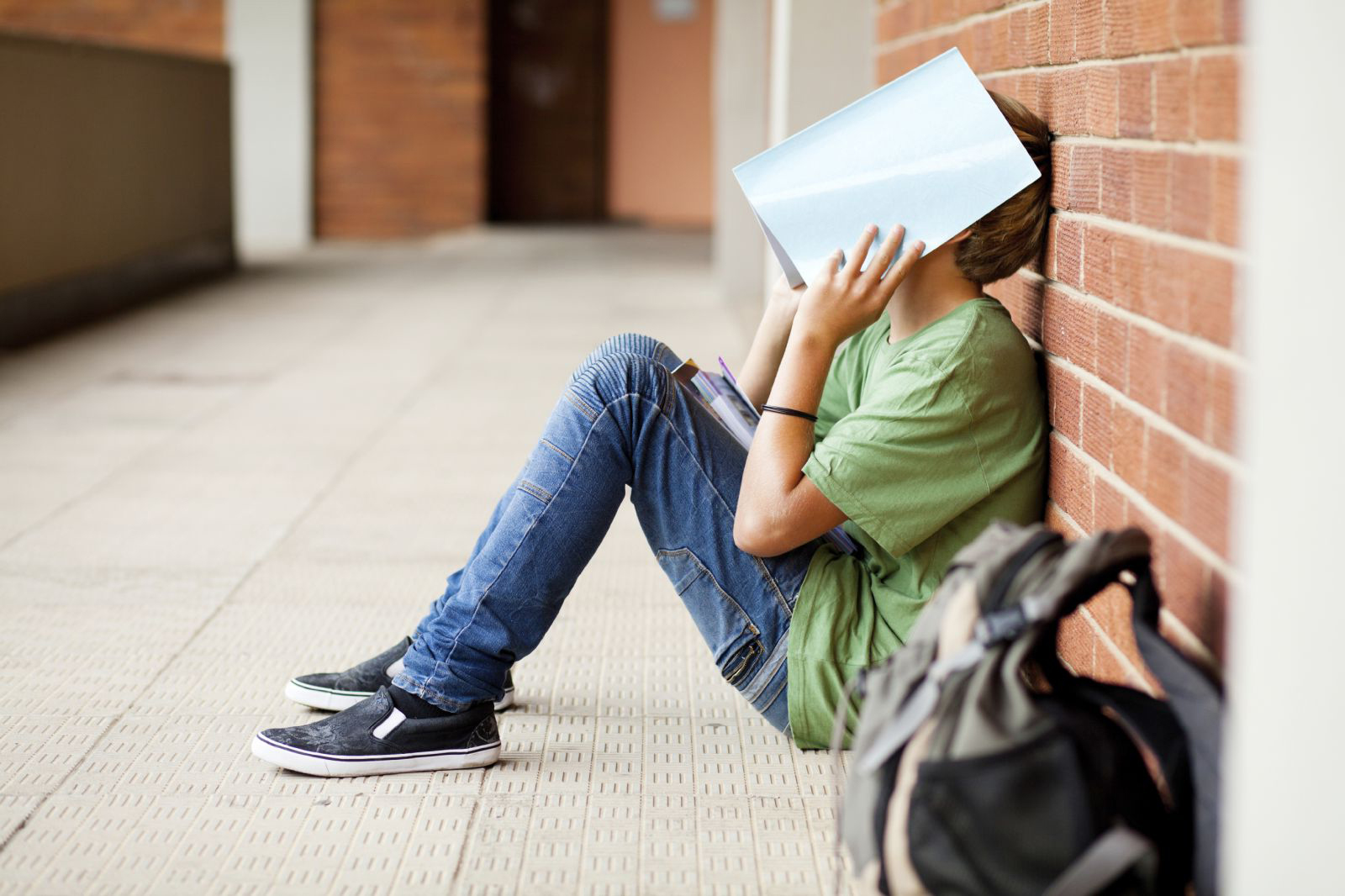The issue of drug addiction among school adolescents in Iran, however negligible, has more often than not been swept under the rug. The Education Ministry has refused to divulge data on the matter deeming it improper to publicize the figures until experts are convinced that “discretion is not only ineffective but will also lead to irreparable consequences.”
Last November, Mansour Kiaei, managing director of social harm prevention at the ministry, said 136,000 school students are at risk of addiction, and of the number 3,600 have used illegal substances at least once.
A month later however, Ali Moayyedi, deputy secretary general of Iran Drug Control Headquarters (IDCH), refused to confirm the accuracy of the figures claiming that the number of student addicts “is negligible.”
Experts believe that parents’ ignorance is the primary cause of teenagers’ involvement in drugs, but schools are also responsible to implement programs to help students, especially those from troubled families who are more likely to be vulnerable to social harm, and offer them appropriate counseling.
According to Kourosh Mohammadi, who heads the association for Social Impact Assessment of Teenage Drug Abuse, the age of the youngest addict must be seen as the starting age for drug use in a society and not the average addiction age, as the latter may obscure the facts.
“The age of the youngest drug addict must be considered as the starting age of addiction however small the number of young addicts may be,” he said, quoted by the Persian-language newspaper Arman.
Drug abuse among the younger cohorts is more disastrous than adults as the former are gullible and immature, curious and rebellious.
“Adults have the ability to be controlled or even the initiative to quit substance use, but teenagers are overwhelmed by extreme adolescent beliefs and behavior which is hard to subdue,” said Mohammadi.
Easy access and new types of odorless and smokeless drugs have exacerbated the situation. Adolescents can easily pick up substances with their pocket money and use them at home or school without being detected.
“Fundamental changes in the methods of child upbringing both in families and schools are needed to help prevent youngsters’ tendency toward narcotics,” said the expert.
Families must be trained about the effective methods of parenting and learn how to develop a friendly rapport with their children. Otherwise, they will desperately seek to fill their emotional void in harmful ways.
Primary preventive schemes must also be introduced in schools, said Mohammadi, so as to raise awareness among students’ families as well as school teachers and student counselors.
“School management must be trained to identify drug use among students and implement preventive measures.”
This requires the cooperation of the educational system and families as well as organizations such as the IDCH, the State Welfare Organization and governorates.
Risks of Adventure
Saeid Safaiyan, head of the Workgroup to Reduce Drug Demand, also pointed to the attraction of adventure plus curiosity as the main driving force behind teenagers’ addiction.
“Besides, the hormones that are released in the body after use of drugs increase the desire to consume more of the substance, which creates a feeling of excitement and pleasure that does not come about with normal leisure activities such as sports and games.” This creates a vicious cycle that later grows out of control.
The prevalence of psychedelics such as crystal meth, flower and hashish has further contributed to youth addiction since they create a false sense of energy and appeal to the young people.
Emotional void, bad parenting, troubled families, birth defects, low self-esteem, and lack or abundance of attention by parents are among other causes of the problem, said Safaiyan.
Municipalities and city councils must step in to tackle the social harm by using the potentials of health homes.
“Unfortunately, the health homes are few and inefficient and do not help address youth addiction in a practical way,” he added.
A health home (aka Medicaid health home) offers coordinated care to individuals with multiple chronic health conditions, including mental health and substance use disorders.


